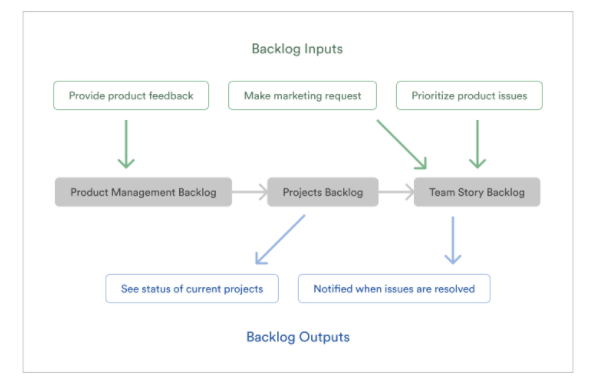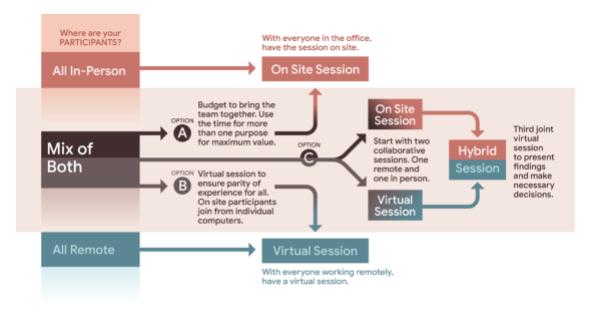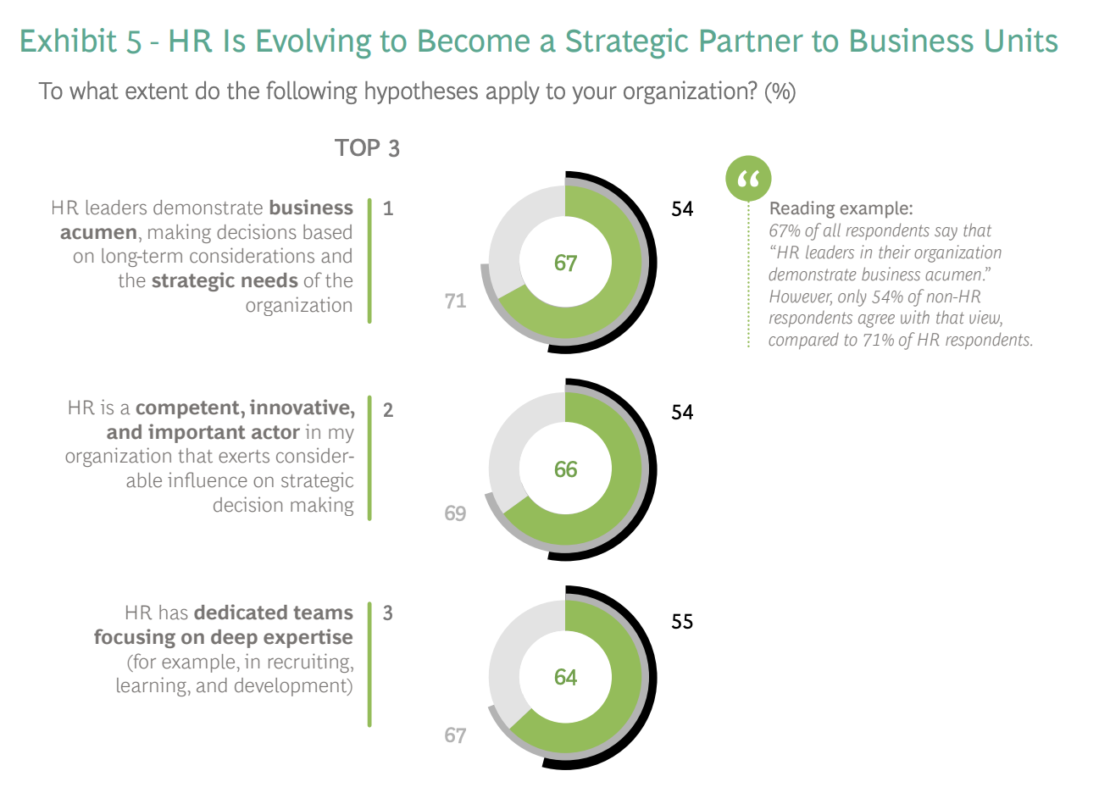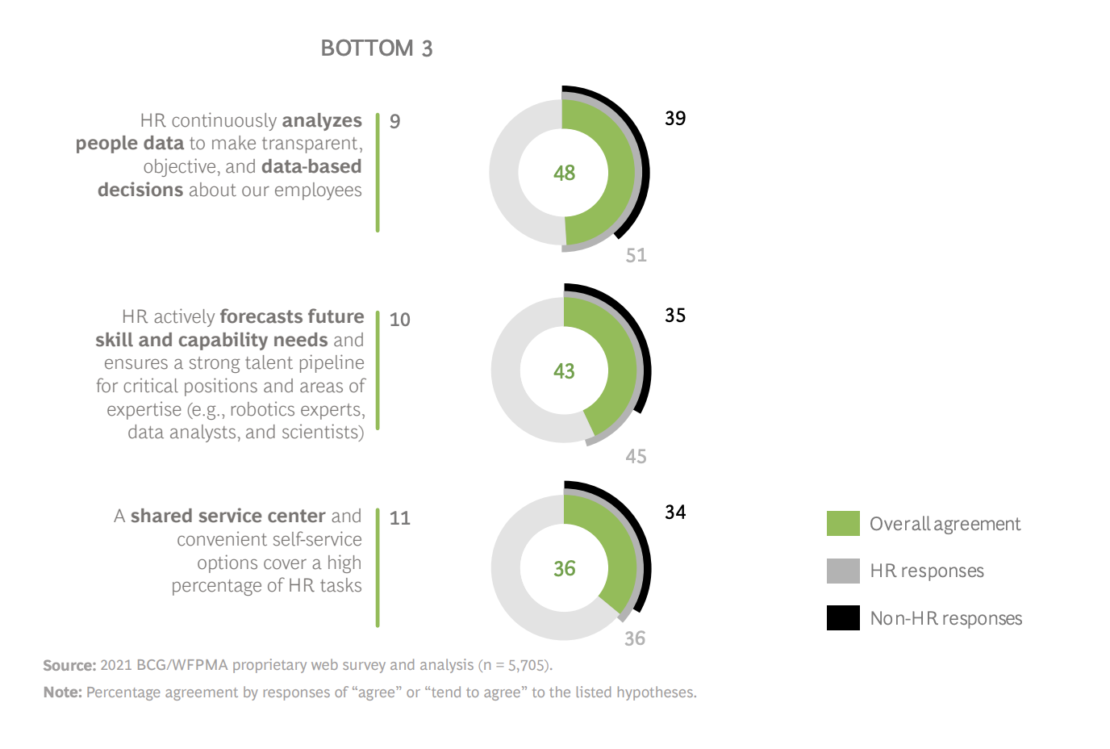
For some time, I’ve been looking for one “source” that curates modern takes on HR Tech, perspectives from the people who build it, and its impact on enterprise — something that’s tailor-made by professionals for decision-makers.
I never found it — so I decided to build it.
Every week, I’ll be sharing fresh insights on tech platforms, design, data, and the future of work — straight to your inbox.
My Thoughts
I’m proud to say that SEI D.C. has made the Inc. 5000‘s “Fastest-Growing Private Companies in America list.” You can see the full list of companies here and learn more about us here.
According to a leaked memo, Amazon plans to monitor the keyboard strokes and mouse movements of customer service employees in an attempt to stop rogue workers, imposters, or hackers accessing customers’ data. ⌨️ 🔒🤔 Amazon says this is to protect access to customer security and privacy, but what about employee security and privacy? 👩💻✊Gaining customer trust shouldn’t mean sacrificing trust between employers and employees — not to mention there are better technological solutions for managing security and access and as a tech company, Amazon should know better. Amazon isn’t the first company tor track their employees, but if they go ahead with their plan, they’re likely to face widespread condemnation— especially when the company is already under fire for its high churn and questionable working conditions.
Market Moves
Cornerstone OnDemand — a cloud-based HCM software developer — is set to be acquired by the private equity firm Clearlake Capital. 💰📈🏄 Under the reported agreement, Clearlake will acquire the outstanding shares of Cornerstone common stock for $57.50 per share in cash. This will give Cornerstone an estimated value of approximately $5.2 billion. In 2020, Cornerstone acquired the talent experience solutions provider Saba Software in a cash and stock transaction valued at about $1.4 billion.
Another company to watch is Gusto. Gusto just closed on a $175 million funding round. 🔥🔥 The company now boasts a new $9.5 billion valuation, making it one of the most valuable private companies in the HR and payroll software space. While its bottom line shrunk during the pandemic, Gusto’s CEO Josh Reeves says the company grew 50% in the past year. It is now preparing for an IPO after a year of growth.
Tech Innovation at Work
If you’re following developments in cryptocurrency, here’s an exciting twist: superstar Lionel Messi is being partly paid in crypto by his club, Paris Saint Germain, as part of his new deal. ⚽ 🏆 🏃 PSG said Thursday that Messi’s “welcome package” includes the cryptocurrency “$PSG Fan Tokens.”🔥📱💡 Apparently, the $PSG token was created with the crypto platform Socios.com and will help PSG build a new fan community. It’s an interesting revenue source for sports clubs and athletes, especially as cryptocurrencies gain more legitimacy.
Project managers are always looking ways to improve project organization, and Skye Bacus has come up with an intuitive approach to building a PM ecosystem. ♻️ 📂 📱 Beginning with the problems internal stakeholder need to solve — receiving feedback, check status of projects, prioritize product issues, etc — she divides all project items into three streams with a clear workflow:
- Product Management Backlog: Manage all product requests and research for roadmap initiatives. Primary user is product management.
- Projects Backlog: Manage all the features and epics that are prioritized as roadmap initiatives. This is a quarterly prioritized version of the PM backlog above.
- Team Story Backlog: Manage all of the stories, tasks, and issues that product development works on. This sheet is pretty complicated — it leverages several vlookups to other reference sheets such as the Projects Backlog, Squads & Team Members (manages all user and team lookups), and Sprints.
These three artifacts create a funnel for ideas and requests, research and prioritize those requests, kick off projects with the team, and then ensure that the team has a space where they can organize and collaborate. 🤓 🔥 🔥 This serves as a steel thread and a single source of truth for all projects:

Gen 4 workplace software will likely focus on EQ — not just IQ. 🐣 🍎 Hunter Walk summarizes it this way “The first generation of SaaS was about single player workflows and data. The second generation added collaboration (aka multiplayer). And the third generation added ML/AI to reorganize/optimize those workflows based upon the intelligence of the computer, not the habits of the user.” We’re already seeing the application of EQ in Gatheround for team-building, education and collaboration, Humu, for smartly bridging the gap between strategy and action for your teams, Ethena for modern compliance training and behavior change, and Assembly in the low-code HRIS market. This will be a space to watch in the coming years. 🔥 💡
Here’s a snapshot of leading cloud startups in “The Cloud 100.” ☁️ 💸 📈 This is Forbes’ definitive ranking of the most valuable private cloud startups. Here are some notable inclusions:
- Stripe, back at No. 1 on this year’s list after a one-year hiatus, is the highest-valued startup in the U.S, worth some $95 billion. Databricks at #2 is valued at $28 billion, which would place it about halfway down the S&P 500 if it were public.
- Combined, the top 10 companies on the Cloud 100 are worth a staggering $190 billion.❗🔥 🔥
- A funding frenzy put 34 new companies on the list, placing their combined market value to $514 billion, nearly double the total of a year ago.
The Changing Workplace
Here’s another great idea for keeping the team connected when working remotely or under a hybrid model — Dropbox employees have organized “Vibe Committees.” ✊ 🎤 A Vibe Committee is an employee-led group for building and promoting community, cultivating meaningful human connections, and fostering engagement between Dropbox employees in the local region. The goal will be to gauge how Dropbox employees in the area are feeling, and organizers will develop plans to help their coworkers feel more connected and supported in their roles. 💪 🔍 😎 Vibe committees are open to all employees and encourage inclusivity and diversity.
Weeks ago, I spoke to my friend Jess Podgajny about her company Lluna. 👏 🔥Lluna is a solution that allows you to offer, manage, and analyze personalized employment arrangements across your entire workforce. If the interview — or the idea of personalized benefits — appeals to you, check out Lluna for Teams. 👥 📆 It’s a technology solution that helps people-leaders better attract, retain, and engage their team via personalized and flexible work preferences.
One of the hardest things about hybrid work is creating a parity of experience for all remote and in-person workers. 🤔 👨💻 💼 It might be that collaborative sessions will need to be scheduled in-person, and remote workers will be expected to commute in to contribute to important decisions. Alternatively, you can keep your sessions virtual, and in-person workers can join in virtually. Here’s a great flow chart for determining which options are best:

All About Data
Here is the 2021 Creating People Advantage Report from BCG and the World Federation of People Management Associations. 📊 🌎 💪 It includes responses from more than 6,600 participants in 113 countries, and the responses are mainly about digitization, talent, and the future of work. Here are some of the takeaways:
- At the macro level, companies need to create personalized experiences in the form of more customized career paths for employees.
- In the wake of COVID-19, remote work and flexible schedules are becoming the norm.
- HR must step up its capabilities in digital, IT, and analytics to future-proof the organization’s workplace, improve employee experiences, and play a more strategic role.


For companies with high support costs, innovations in natural language processing means better support across all channels — social, SMS, websites, email and more. Chatbots, if done right, can improve customer services and reduce costs at any company. 🤖 💬 💵 Here are some stats to showcase what chatbots can do:
- 265 billion customer support requests are made every year, and it costs businesses a whopping $1.3 trillion to service them.
- According to Chatbots Magazine, businesses can reduce customer service costs by up to 30%.
- According to Aspect Software, the average cost of a customer service phone interaction is around $35 to $50 per interaction.
- Text chat, by comparison, is significantly less expensive, averaging around $8 to $10 per session.
- Deloitte found that 33% percent of call centers planned on investing in AI chatbots for customer service in the near future.
Click here to subscribe to Exit Interview, a weekly email about tech platforms, design, data, and the future of work — straight to your inbox.

